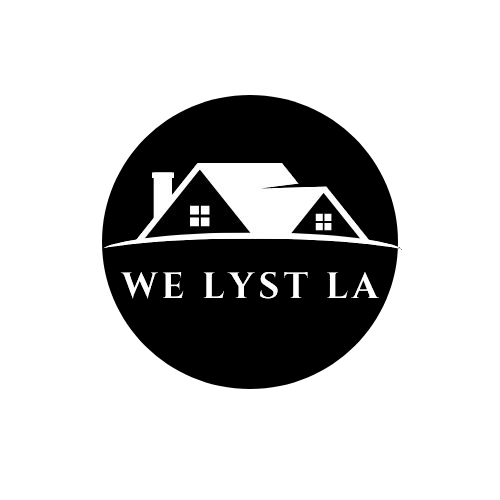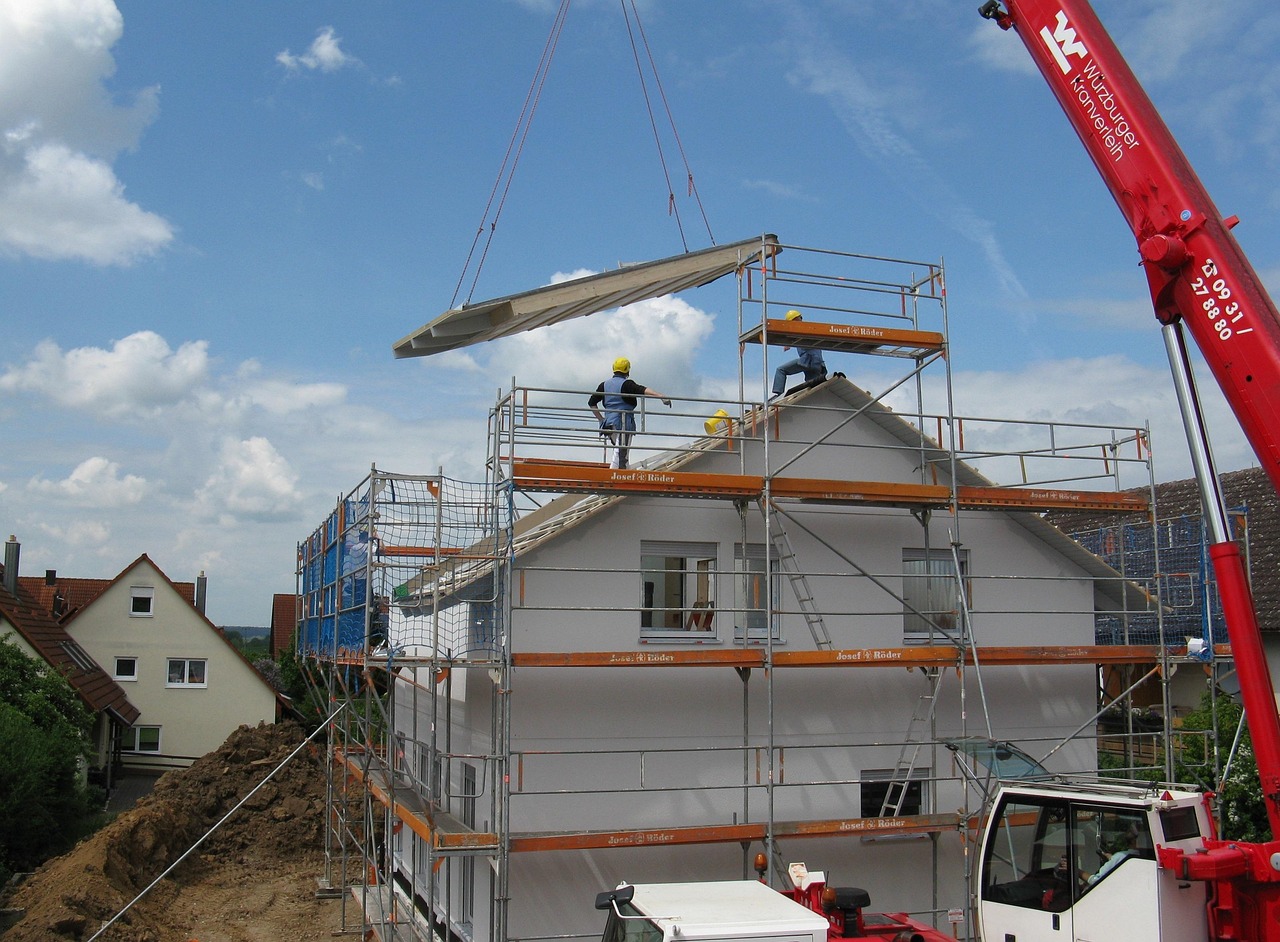Why It’s Important to Think Ahead Before You Build a Home
When planning to build a home, it’s essential to understand your timeline. Some buyers purchase land and start building right away, while others buy land now and wait to build later. Each path has its pros and cons.
- Build Immediately: Great if you have your financing and house plans ready.
- Build Later: Allows time to plan and budget, but you may face changing land regulations or increased costs in the future.
Pro Tip: Always consider zoning laws, permits, and how soon you can start construction before committing to your timeline.
Financing Options When You Want to Buy Land and Build a Home Immediately
1. Construction Loan
A short-term loan designed to finance the building of a home.
Summary: A construction loan provides funds during the construction phase and is paid out in stages as work progresses. It’s ideal if you have a builder ready and need financing for the build only. These loans usually require strong credit, detailed plans, and interest-only payments during construction.
- What it is: A short-term loan used solely to build a home.
- How it works: Funds are released in phases during construction.
- Where to get it: Offered by banks, credit unions, and some lenders.
- Qualification: Good credit (680+), building plans, contractor approval.
- Pros: Flexible draw schedule, interest-only payments.
- Cons: Higher rates, requires strong documentation.
2. Construction-to-Permanent Loan
A one-time loan that funds construction and then converts into a long-term mortgage.
Summary: This loan simplifies the process by combining construction and permanent financing into one. After the home is built, the loan automatically transitions into a regular mortgage, reducing paperwork and closing costs. It’s best for buyers ready to both build and finance their home in one go.
- What it is: One loan that covers both construction and your mortgage.
- How it works: One closing; converts into a regular mortgage after construction.
- Where to get it: Traditional lenders, banks, and credit unions.
- Qualification: Good credit, construction plans, reliable builder.
- Pros: One-time closing, long-term stability.
- Cons: Higher upfront costs and stricter approval.
3. Owner-Builder Construction Loan
A loan where you act as your own general contractor to build the home.
Summary: This option is for experienced individuals who want to manage the homebuilding process themselves. It can save money but is harder to qualify for and requires detailed planning, permits, and often construction experience. Not all lenders offer these.
- What it is: You act as the general contractor to build your own home.
- How it works: Lender releases funds based on progress; you manage the build.
- Where to get it: Specialized lenders.
- Qualification: Experience in construction or subcontractor team.
- Pros: Cost savings, personal oversight.
- Cons: High risk, hard to qualify.
4. End Loan
A standard mortgage loan taken after the home is built.
Summary: An end loan is used to pay off your construction costs once the building is finished. It’s a good option if you’re using your funds or a short-term construction loan upfront. You must apply and qualify for this mortgage separately from the construction phase.
- What it is: Traditional mortgage used after construction is complete.
- How it works: Separate from your construction loan; pays off remaining balance.
- Where to get it: Any mortgage lender.
- Qualification: Based on income, credit, and home value.
- Pros: Conventional terms, wide lender availability.
- Cons: Requires separate closing.
Financing Options for Buying Land Now and Building a Home Later
1. Raw Land Loan
- What it is: Loan to purchase undeveloped, untouched land.
- How it works: Higher down payment, higher interest.
- Where to get it: Credit unions and land lenders.
- Qualification: Excellent credit, 20–50% down.
- Pros: Early land ownership.
- Cons: Difficult approval, high interest rates.
2. Unimproved Land Loan
- What it is: Land with minimal development (maybe dirt roads or nearby utilities).
- How it works: Slightly easier than raw land loans.
- Where to get it: Local lenders.
- Qualification: Good credit, future plans to build.
- Pros: More flexible than raw land loans.
- Cons: Still high risk and cost.
3. Improved Land Loan
- What it is: For land ready to build a home (utilities and access in place).
- How it works: Lower risk, lower interest.
- Where to get it: Regional banks and private lenders.
- Qualification: Moderate credit, some development plans.
- Pros: Easier financing terms.
- Cons: Still requires a solid down payment.
4. Land Contract (Seller Financing)
- What it is: Seller lets you make payments over time before transferring ownership.
- How it works: Flexible terms, no traditional lender involved.
- Where to get it: Direct from landowners.
- Qualification: Depends on seller; often more lenient.
- Pros: Easier approval, low entry cost.
- Cons: No deed until paid off; higher default risk.
How to Find Land to Build a Home
To build a home, you first need the perfect lot. Here’s how to find it:
- Land-Specific Websites: LandWatch, Land.com, Zillow (land filter), and Realtor.com.
- Hire a Local Agent: Choose one with expertise in land sales and zoning laws.
- Drive Around: Look for “For Sale” signs in desired areas.
- Check County Records: Look into foreclosure auctions or tax sales for discounted land.
Step-by-Step: How to Purchase Land
- Set a budget and choose your financing method.
- Research your desired area.
- Hire a land-savvy real estate agent.
- Get a land survey and soil test.
- Check zoning laws and property access.
- Make an offer and negotiate.
- Secure financing or prepare funds.
- Conduct a title search and due diligence.
- Close the sale and record ownership.
Step-by-Step: How to Build a Home
- Plan your budget and get pre-approved.
- Choose a home design or architect.
- Hire a builder or act as your own contractor.
- Submit permits and obtain approvals.
- Prepare the land (grading, clearing, foundation).
- Frame the structure and add roof/windows.
- Install systems (plumbing, electric, HVAC).
- Complete interior work (drywall, flooring, paint).
- Schedule inspections.
- Get a Certificate of Occupancy and move in!
Pros and Cons of Buying Land to Build a Home
Pros:
- Full control over design and features.
- More land for your money compared to existing homes.
- Potential for long-term value appreciation.
Cons:
- Longer process from purchase to move-in.
- Complicated financing.
- Requires careful project management.
Final Things to Consider Before You Build a Home
Before making the commitment to build a home, remember:
- Property Taxes: Raw land may be taxed differently than improved lots.
- Utilities: Budget for extending water, sewer, and electricity if needed.
- Insurance: You’ll need land liability and builder’s risk insurance.
- HOA or Community Rules: Review any deed restrictions or architectural guidelines.
- Land Accessibility: Ensure year-round road access and emergency services.
Conclusion: Build a Home on Your Terms
Building a home gives you freedom, flexibility, and personalization—but it comes with more responsibility than buying an existing house. Whether you’re ready to break ground now or planning to build your dream home in a few years, understanding your land purchase and financing options will put you on the path to success.
Need help getting started? Contact us today to discuss your next steps.


No responses yet